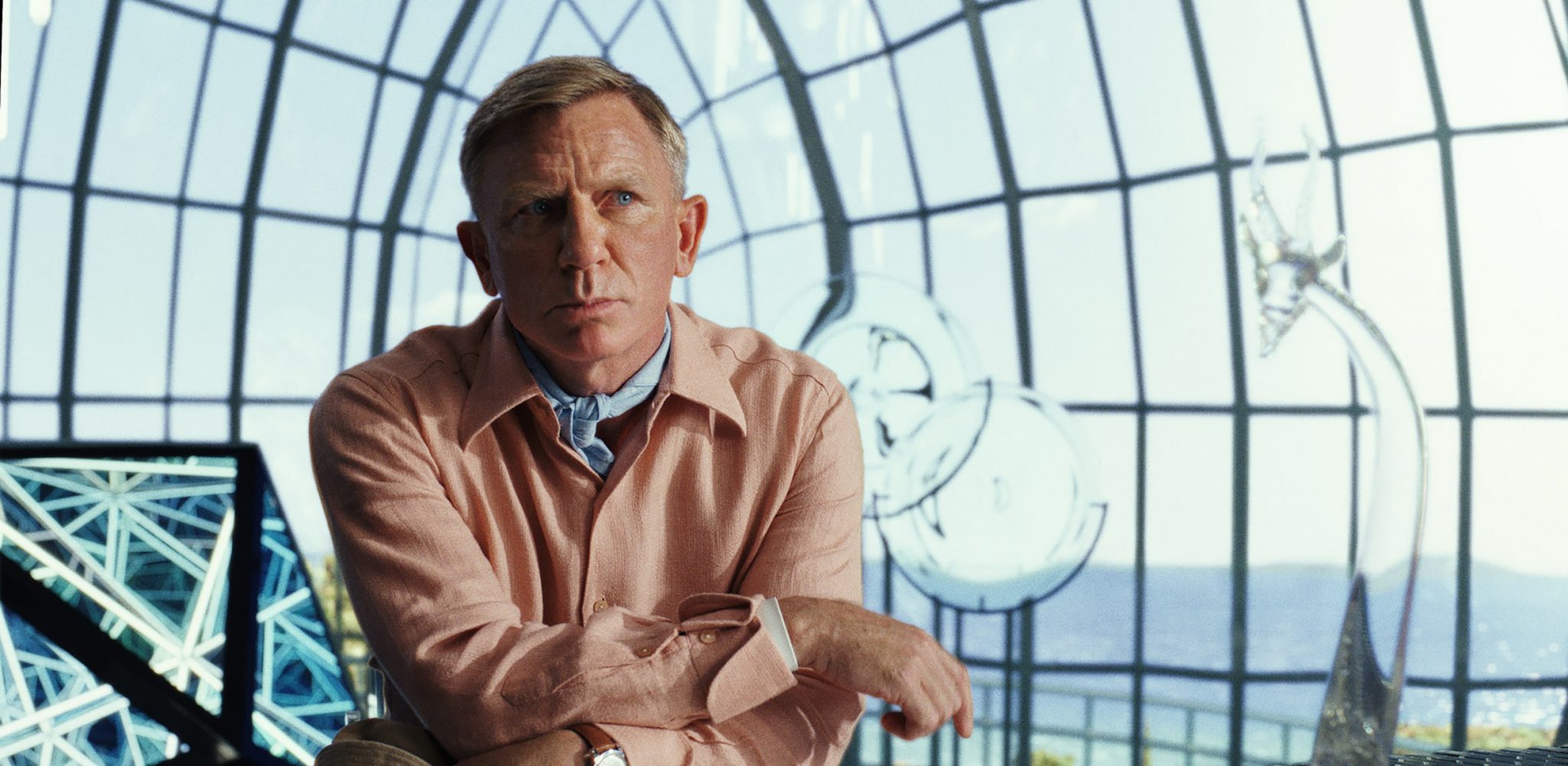From the increasingly limp shenanigans of the Marvel Cinematic Universe to a nonsensical rewriting of Avatar, the era of franchise cinema is running on fumes
A survey of blockbuster science fiction and fantasy films from 2022 yields, first and foremost, a host of disappointments. In the Marvel Cinematic Universe, both Doctor Strange 2 and Thor 4 were creative failures, and even Wakanda Forever (easily the best movie of the three, which is not saying all that much) came and went without producing anything like the seismic cultural impact of the first Black Panther (2018). Recent rumours from inside the Disney Company suggest that even the suits are unhappy, concerned that Marvel’s endless future of sequels, season twos, spinoffs, reboots, and Endgame-style mega-events will ensure ever-more-diminishing returns.
Despite frequent reminders from film critics to never bet against James Cameron, Avatar: The Way of Water fell short of both box office expectations and basic storytelling logic, nonsensically rewriting major swaths of the first movie to justify bringing actors whose characters died in the original 2009 film back to the planet of Pandora. By the end of The Way of Water it’s hard to see the film as anything but an elaborate satire of Hollywood repetition; not only is the movie a beat-for-beat remake of the original, at excruciating length, but the exact same situations happen to its blue-skinned aliens (who repeatedly scream the same dialogue of “Go go go” and “Noooooo”) over and over again. Late in the film, one character even says “I can’t believe I’m tied up again”, a nearly Brechtian fourth-wall break considering she has been held hostage by the same antagonist multiple times already.
In fairness, some of this feeling of repetition was out of Cameron’s hands: The Way of Water has the bad luck of coming out a mere month after Wakanda Forever, whose climax also sees an Indigenous blue-skinned aquatic society using its psychic kinship with whales to stage an attack on an invading mega-dreadnought on the open ocean (before transitioning to the obligatory fistfight between superheroes). Regardless of how exhausted this all feels, though, the last shot of The Way of Water sees the main protagonist, Jake Sully (Sam Worthington), looking directly to camera as he vows to make another Avatar (and another, and another, and…).

At the other end of the box office, the strained cash-ins of Lightyear, The Secrets of Dumbledore, Black Adam, and Morbius likewise became universal jokes for genre fans. Morbius somehow managed to crash-and-burn in cinemas an unprecedented second time after Sony deeply misunderstood fan enthusiasm for the ‘It’s morbin time’ meme – though in fairness even Morbius didn’t fail quite as badly as Disney’s Strange World, (likely the greatest flop in company history) or Roland Emmerich’s Moonfall (which might well be the greatest flop in cinema history). Meanwhile, Top Gun: Maverick was the biggest hit of the year and the biggest hit of Tom Cruise’s career; sequels still earn, and for many studios, original properties still feel like the bigger financial risk.
Is there any hope for culture when everything is seen only for its franchise potential? Even critical favorite, Oscar-contender Tár has now spawned its own cinematic universe. I thought it was absurd to try to make a sequel to Knives Out (2019), much less a sequel without its star, Ana de Armas – but Glass Onion, which catapults detective Benoit Blanc (Daniel Craig) into the world of social media, tech billionaires, and suspiciously clean energy, was so successful in its limited awards-eligibility release that cinema owners were begging Netflix to reconsider its release strategy (it finally came to streaming on 23 December). Glass Onion is devilish fun; it flagrantly cheats all the conventions that make narrative cinema comprehensible in the first place, injecting whole hidden narratives into what look like simple cuts between scenes and wrongfooting the viewer by presenting multiple versions of key events (the result feels like the franchise inventing a new trick rather than the typical greatest-hits compilation).
On Disney+, Andor united Star Wars fans in excitement rather than impotent rage for the first time in decades, following a long run of releases in the franchise that were either polarizing (The Force Awakens, Rogue One, The Last Jedi) or undeniably bad (The Rise of Skywalker, The Book of Boba Fett, Obi-Wan Kenobi). It is that rare thing: a Star Wars product that you don’t have to feel embarrassed about liking – a tragic meditation on fascism and resistance, told through the formative years of a rebel spy, that takes violence far more seriously than any Star Wars property ever before. And while Andor still has its share of fan service, Easter eggs, and cameos, it moves past the cosmic drama of the Jedi into something that feels both more original and more grounded than anything Star Wars has done since Disney bought it in 2012.

Over on Hulu, Prey harked back to the tight narrative construction and practical special effects of the best of 1980s action movies by imagining an alien invasion of Comanche lands in 1719, not only reinvigorating the moribund Predator franchise but reminding everyone that special effects and giant budgets have almost no relationship with making a movie a success. I feel confident I could watch Predators tear through any historical era they’d like to throw at me and never get bored – at least, not for a while.
You could say that these sequels work simply by being good sequels: they take the essence of the original thing and translate it to a new situation that remains familiar without becoming repetitive, and original without losing its connection to what made the source text worth extending in the first place. This can actually be a surprisingly tricky needle to thread, and often demands more than a little bit of critical distance to make work – and requires both creators and corporate IP holders to take chances and risk failure rather than reach for the easy payout that feels guaranteed. When franchise material works, it’s only because it’s trying to do more than just lifelessly cranking out another one every couple of years; if franchises are going to continue to rule culture, they’re going to need more Andors, fewer Thors.
More than this, though, genre fans can rejoice that (believe it or not) innovative non-franchise material is still being made and still finding an audience. Indie darling Everything Everywhere All at Once put Doctor Strange 2’s limp multiversal shenanigans to shame with a breathtakingly original, unrepentantly earnest, and deeply hilarious look at all the possibilities of existence. In my heart of hearts I hope the madcap chaos and emotional honesty of Everything Everywhere All at Once is as influential as The Matrix once was for an earlier generation of filmmakers, though I won’t hold my breath. Severance, on Apple TV, was absolutely compelling as a fully original science fiction story that doesn’t require nostalgia for some other book, movie, show, or game to be interesting, in the process revealing the cozy 2010s workplace comedy of The Office and Parks and Recreation as the existential terror it always has been. In a world where it increasingly feels like everything is a sequel to a sequel to a sequel, and even a forgotten mess like Willow (1988) gets a legacy relaunch in the end, we genre fans have got to take our wins where we can get them.
